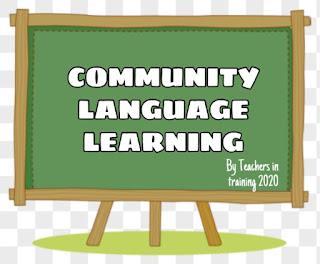TASK BASED LANGUAGE LEARNING

TASK BASED LANGUAGE LEARNING Task-based Learning (TBL) is an approach that has roots in the Communicative Language Teaching method, where the teaching process is done entirely through communicative tasks. In order to fully acquire language, it must have real meaning by being used in natural contexts. With Task-based Learning, teachers ask students to complete purposeful tasks that elicit the use of the target language. Assessment centers around the general outcome of the task, rather than meticulously picking apart each element of speech. In doing this, you celebrate the successful, appropriate completion of a task, which in turn boosts student confidence immensely.ased Language Learning. The first principle, scaffolding, claims that the chosen lessons and materials have to ensure that learning can take place. Thus, the learners have to be provided the language they need in order to complete the task (Nunan 2007: 35). Second, task dependency states that each task has to ...



